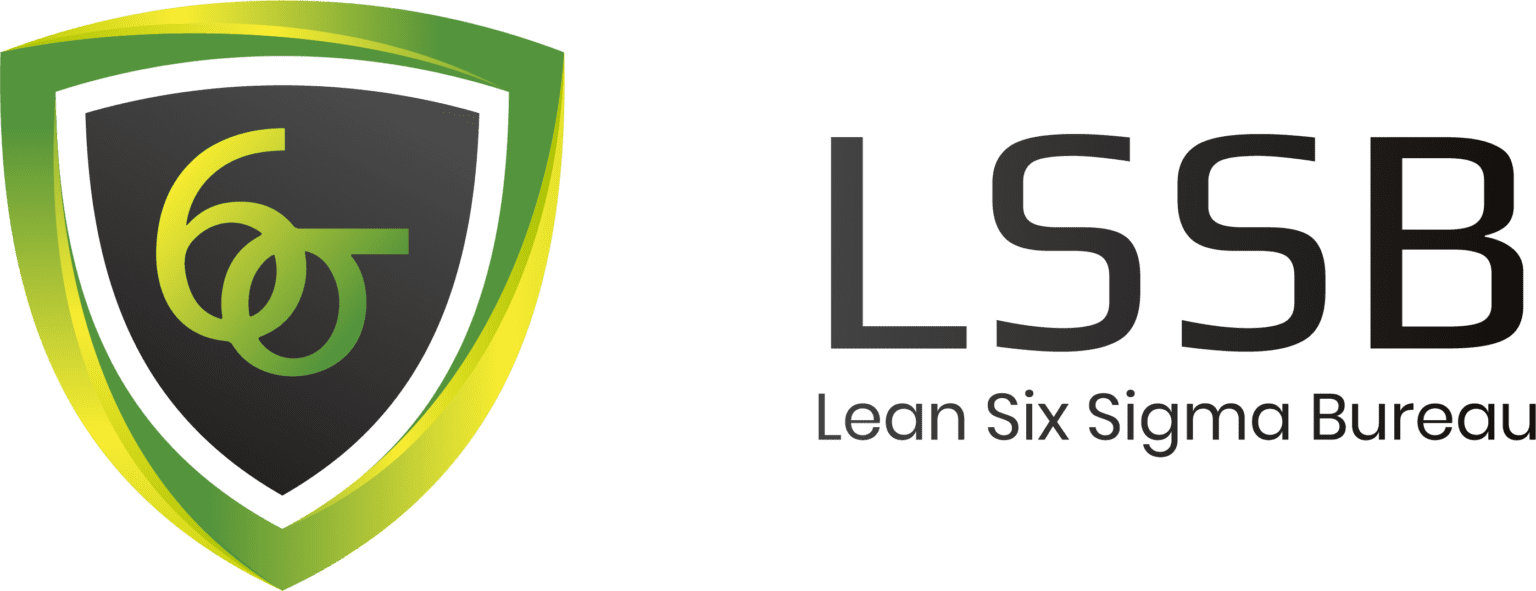Define Your Data Needs
The initial step before collecting data is to precisely define the required information, its purpose, and its intended use. This approach helps streamline data sources, methods, and tools, preventing the collection of irrelevant or duplicate data. Utilize tools like the SIPOC diagram, CTQ tree, operational definition, and data collection matrix to align data needs with project goals and customer requirements.
Design Your Data Collection Strategy
Once data needs are defined, strategize how, when, where, and by whom data will be collected. Factors such as data source availability, reliability, accessibility, sampling methods, data collection instruments, storage formats, and ethical considerations need to be considered. Tools such as the sampling plan, data collection plan, check sheet, survey, and observation sheet aid in designing and documenting data collection strategies.
Test Your Data Collection Plan
Before full implementation, test the data collection plan to ensure its accuracy and consistency. Conduct pilot studies, trial runs, or dry runs with a limited sample or subset of data sources. Use tools like run charts, histograms, scatter plots, and control charts to assess and analyze the plan’s efficacy and results.
Review and Improve Your Data Collection Plan
Following the test phase, review and refine the data collection plan based on feedback and findings. Identify and rectify errors, biases, gaps, or variations in the collection process. Adjust data sources, methods, tools, or procedures accordingly. Tools like Pareto charts, fishbone diagrams, 5 Whys, and the PDCA cycle assist in reviewing and enhancing the plan’s efficiency and effectiveness.
Monitor and Control Your Data Collection Process
Once implemented, monitor and control the data collection process to align with the plan and meet quality standards. Track progress, performance, and outcomes, identifying and addressing deviations or issues promptly. Tools like dashboards, balanced scorecards, Gantt charts, and status reports aid in monitoring and communicating results.
Evaluate and Update Your Data Collection Plan
Post data collection, evaluate and update the plan based on lessons learned and project scope changes. Assess plan strengths and weaknesses, identifying opportunities for improvement or innovation. Utilize tools like SWOT analysis, KPIs, feedback surveys, and lessons learned reports to prepare for future data collection activities.
